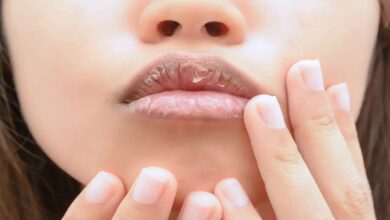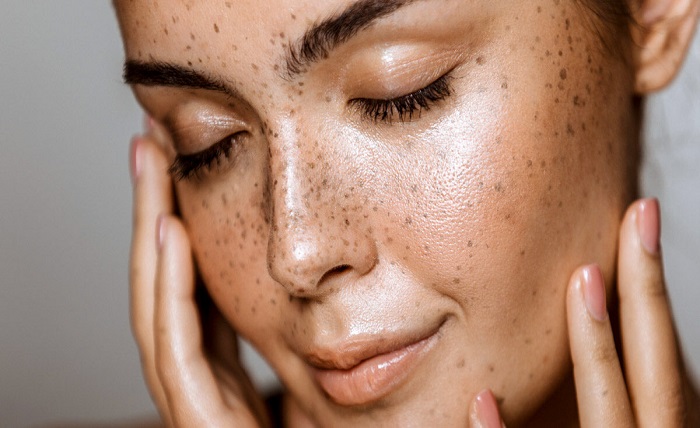Why UV Cuvette is important for a Lab?

UV Cuvette is small containers used to measure the absorbance of ultraviolet light. It is typically made from quartz or quartz-like materials and requires specialized equipment to measure the absorbance of the light. UV Cuvettes are often used in scientific research and industrial applications, such as in the analysis of water and other liquids. They can also be used to measure the absorbance of ultraviolet radiation from the sun.
Importance of UV Cuvette
UV cuvette is an essential tool for scientists and researchers in a variety of fields. It is used to measure the absorbance of ultraviolet light, which can provide valuable information such as the concentration of a particular sample. UV cuvettes are also used to measure the interaction between light and molecules in a sample. This type of instrument is highly accurate and provides precise results, making it perfect for a variety of scientific and research purposes. UV cuvettes are also great for monitoring different types of reactions, as they can detect even the slightest change in the sample’s absorbance of light. This makes them invaluable in the laboratory.
What benefits of using a UV cuvette?
A UV cuvette is a great tool for measuring the absorbance of ultraviolet (UV) light in a sample. Using a UV cuvette provides a number of benefits. First, it allows for quick and accurate readings of the UV absorbance of the sample. Second, it eliminates the need for tedious and costly manual calculations that can be associated with other methods of measuring UV absorbance. Third, it can be used to measure a wide range of wavelengths, making it an ideal tool for research purposes. Finally, using a UV cuvette can save time and money, as it can be used multiple times without having to be replaced.
UV cuvettes are a great way to measure the light absorbance of a sample for a wide range of applications, such as UV-Vis spectroscopy, enzyme kinetics, and more. They offer a number of advantages over other forms of sample containers, such as:
- High accuracy: UV cuvettes are made with high-grade optical materials, ensuring accurate readings.
- Stability: The solid construction ensures sample stability and reliable measurements.
- Durability: The thick walls of the cuvettes protect the sample from damage and extend the life of the device.
- Easy to use: The simple design makes it easy to insert the sample and take measurements.
- Wide range of sizes: UV cuvettes come in a range of sizes, allowing you to measure even the smallest samples.
Overall, UV cuvettes are a great tool for measuring light absorbance in a wide range of applications.
How does a UV cuvette work?
A UV cuvette is a small, clear glass or plastic sample chamber that is used to measure the absorbance of ultraviolet light by a sample. The cuvette is placed in a spectrophotometer and then exposed to UV light of a specific wavelength. The amount of light that is absorbed by the sample material is then measured and used to quantify the amount of a particular substance in the sample. This type of cuvette is often used in medical, analytical, and forensic laboratories.
Tips to maintain a UV cuvette
- To maintain a UV cuvette, it is important to ensure that it is stored correctly and handled with care.
- Always store your cuvette in a clean, dry area, away from direct sunlight and other sources of UV radiation.
- When handling, be gentle to avoid scratching the surfaces. When cleaning, use a soft, lint-free cloth and a mild detergent solution.
- Avoid using abrasive materials or strong solvents and do not immerse the cuvette in any liquid.
- Additionally, be sure to inspect and replace the cuvette regularly to ensure that it is in top condition.
Choosing the right UV cuvette depends on the type of application and the sample type you are using. It’s important to select a UV cuvette that will not absorb any of the UV light and also has the appropriate optical path length for your sample. Depending on the application, you may also need to look for a cuvette that is resistant to temperature or chemical changes. If you need further help in selecting the right UV cuvette, please reach out to our team and we would be more than happy to help.
Read more about: ttbhealth





